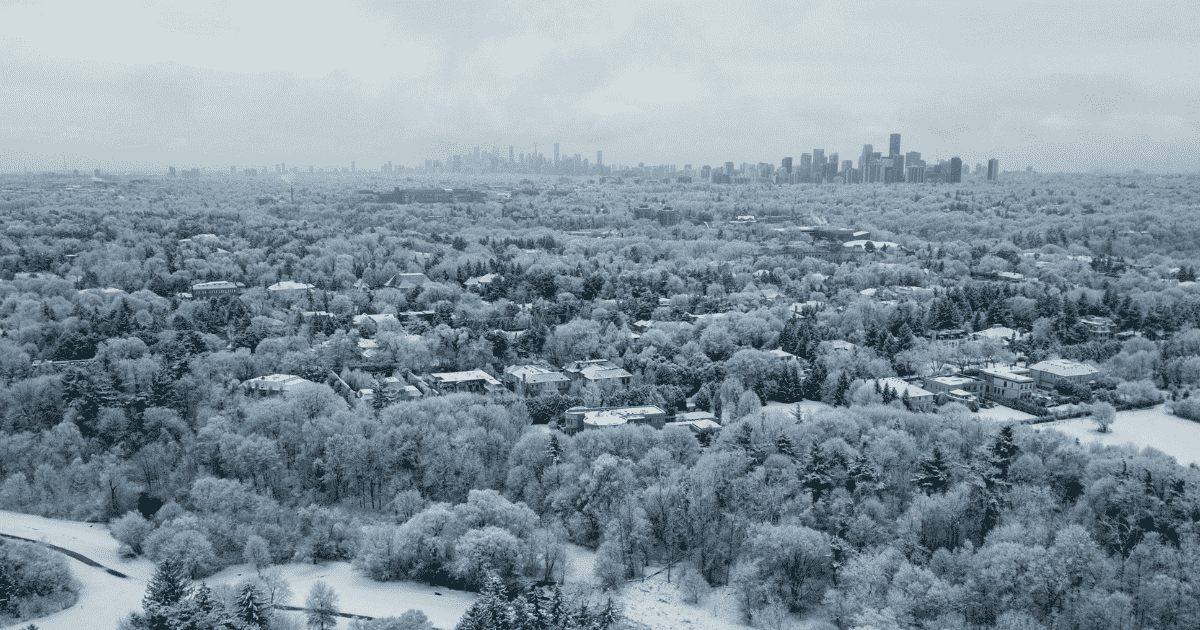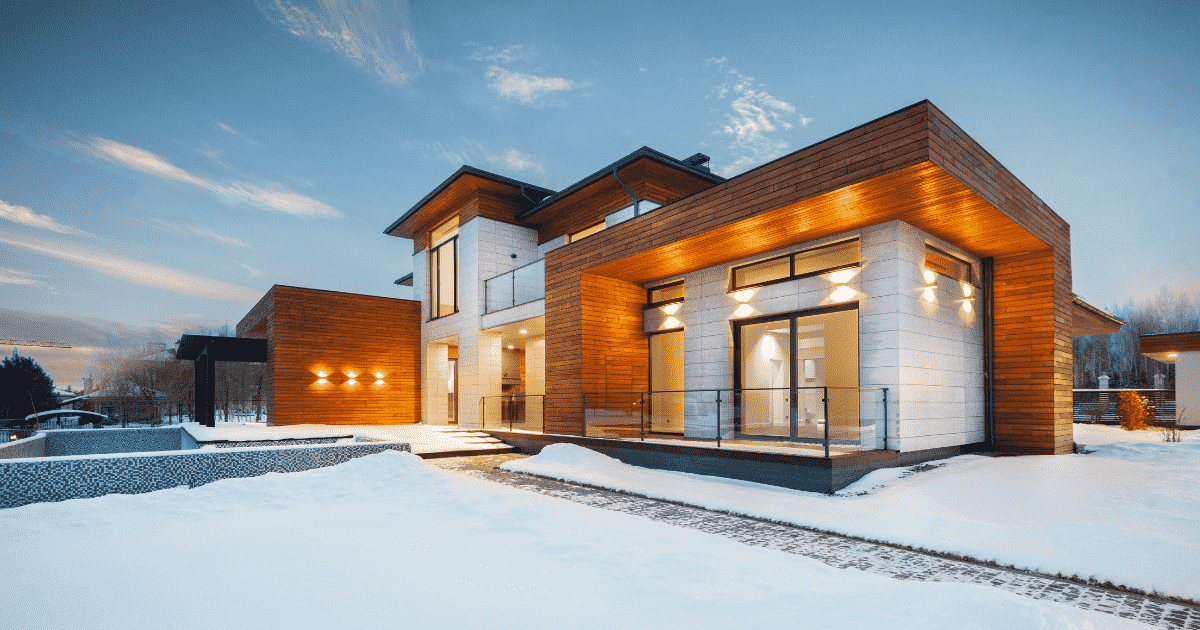One of the side benefits of this COVID-19 pandemic general isolation (for my wife and I at least) has been an ongoing room-by-room reorganization of our home. My initial suggestion was just to enjoy a four-month review of the WKRP In Cincinnati TV series on my VHS tape collection, but I was quickly overruled and thus our journey to household clearing began. Along with that a purging of things like VHS tape collections.
It is a curious thing what a couple can collect after 30+ years together. Well, more accurately what one member of that duo can accumulate, to the occasional chagrin of the other partner. My Travel Manitoba Fishing Guide 1985 was something we agreed could be recycled, along with roof racks for a vehicle we converted to paperweights back in 1995. I always presume there may be a future use for all of these varied items, so in some dark corner of an attic or garage they stay. Until I can actually hear my wife’s blood pressure rising once we discover them.
One item that even floored me was an old book that I had packed into a box. I think I picked it up in my real estate days as a resource manual. How To Build Your Dream Home For Less Than $3,500.
Yes, $3,500. I’m not sure that in 2020 even a hobbit or a groundhog could build a home for $3,500 or less, but humans most assuredly cannot pull that feat off.
The book was published in 1950, which I was probably unaware of at the time, smitten entirely in the heat of the moment by the allure of the title. And my innate frugality.
What does a book like this offer one, to achieve such a lofty goal, you may well ask?
One suggestion early on is to live onsite while you’re building. “An owner-builder is a hardy soul, and many a family has pitched tents right on the building site.” I offer that “many a family” hasn’t pitched a tent in Winnipeg between December and February, but given how building supplies often disappear from sites overnight, this may not be such a bad idea.
Another suggestion was to “pay-as-you-go” and purchase materials out of your weekly paycheque. Or pay check for American builders. This could be an obstacle in 2020, unless you don’t mind tenting in your future yard after your shift at A&W, and have a timeline to completion somewhere around 60 years.
The book does go into great detail around tools you’ll require, working with various building materials (wood, concrete blocks) and each varied step of the process. To make jokes about all of those processes would require a column somewhere around 7,500 words, so I’ll try to find just a few more excerpts to comment on, to keep your interest.
Truth be told though, as I skim the table of contents and some of the topics outlined, I may have to tuck this book back into a locked drawer for further inspection. I mean, life has to get back to normal at some point, and we’ll get back to our ordinary lives. Surely “we” couldn’t possibly come across this book AGAIN?
If we do, here’s hoping “our” memory has no recollection.
I must run – I want to read all about these cast-iron pipes and newspaper insulation techniques!
Humour columnist and author Dan St. Yves was licensed with Royal LePage Kelowna for 11 years. Check out his website at danstyves.com.












